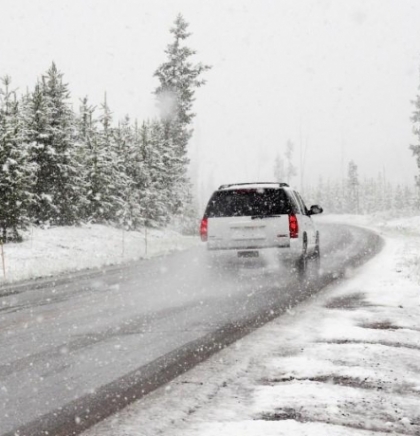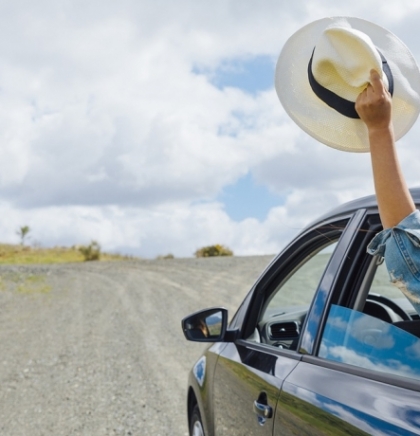The germiest places in airports and on flights
02.08.2018 at 12:10
- Tips
- 0
Considering the millions of people who move about in airports and on airplanes every day, it’s no surprise that these travel hubs may make you a bit more cautious about germs.
The Tray Table
In 2015, travel calculation site Travel Math sent a microbiologist to collect 26 samples from different surfaces in five airports and on four flights. The tray table on the back of cabin seats tested highest for bacteria, with 2,155 colony-forming units per square inch.
For reference, the lavatory flush button had 265 colony-forming units per square inch. Another spot that beat out the flush button? The overhead air vents, which had 285 colony-forming units per square inch.
The microbiologist from the Travel Math study did find that all 26 samples tested negative for fecal coliforms like E. coli. However, in a 2017 interview with Time, Dr. Charles Gerba, a professor of microbiology at the University of Arizona, said he’s tested tray tables on flights that hosted cold viruses, norovirus and the bacteria MRSA.
Water Fountain Buttons
Travel Math found that in the airport, water fountain buttons took the crown for the germiest spot, with 1,240 colony-forming units per square inch, while the bathroom stall locks tested for a surprising 70 colony-forming units per square inch. The Travel Math team pointed out that this may be a result of cleaning crews having regular cleaning schedules for bathrooms (for good reason), but not other areas, such as the water fountain.
In 2012, Gerba showed how germy water fountains can be in a study in which he partnered with Kimberly-Clark Professional and The Healthy Workplace Project to test samples from office buildings. They found that 23 percent of the water fountain buttons tested had high levels of adenosine triphosphate, or ATP, a molecule helpful for testing for contamination.
In 2014, researchers from Auburn University proved in a two-year study that bacteria can thrive on flights for several days. A major airline carrier sent researchers material from common items such as window shades, plastic tray tables and seat pockets, which researchers first sterilized before adding bacteria like MRSA and E. coli. The researchers simulated temperature and humidity levels common on a commercial flight to see how long the bacteria would survive.
The bacteria lived the longest on cabin seat material. MRSA survived for 168 hours, or seven days, on the seat-back pocket material, and E. coli lived for 96 hours, or four days, on the armrest material. The research was not meant to be “alarmist,” the team noted, but a helpful resource for airlines.
To make travel easier (and cleaner) for you, wash your hands frequently. If you’re really in a bind, turn to a stash of baby wipes or some hand sanitizer ― yes, TSA should allow it as long it’s in a travel-sized container that’s 100 milliliters or less.
Happy traveling!




Comments: 0
NAPOMENA: Komentari odražavaju stavove njihovih autora, a ne nužno i stavove redakcije BHPutovanja.ba. Molimo korisnike da se suzdrže od vrijeđanja, psovanja i vulgarnog izražavanja. Redakcija zadržava pravo da obriše komentar bez najave i objašnjenja. Zbog velikog broja komentara redakcija nije dužna obrisati sve komentare koji krše pravila. Kao čitalac također prihvatate mogućnost da među komentarima mogu biti pronađeni sadržaji koji mogu biti u suprotnosti sa vašim vjerskim, moralnim i drugim načelima i uvjerenjima.
You have to sign in to leave comment.